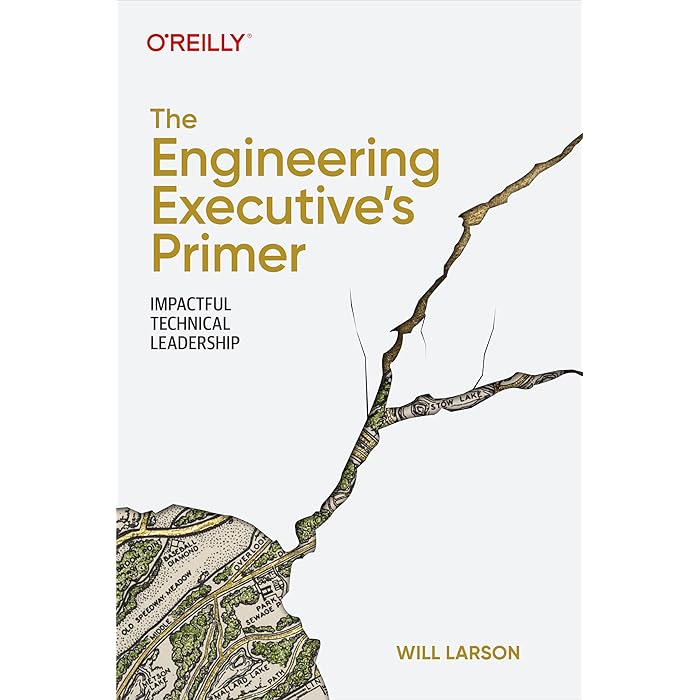Description
**The Engineering Executive’s Primer: Impactful Technical Leadership**
As an engineering executive, leadership transcends technical expertise. It requires vision, strategy, empathy, and the ability to influence others to achieve organizational goals. Here’s a primer on impactful technical leadership for engineering executives:
### 1. **Strategic Vision and Alignment**
– **Define a Clear Vision**: A key responsibility is to establish a clear, compelling vision for the engineering department that aligns with the company’s overarching goals. This includes long-term planning, forecasting trends, and anticipating technological shifts.
– **Set Strategic Priorities**: Ensure the team’s efforts are focused on high-impact projects that align with business objectives. Balance short-term operational needs with long-term innovation goals.
### 2. **Building and Leading High-Performing Teams**
– **Talent Acquisition and Retention**: Foster a culture of innovation by hiring not only for technical excellence but also for cultural fit. Diverse teams are more creative and resilient, so prioritize inclusivity and psychological safety.
– **Developing Leaders**: Empower your engineers by identifying potential leaders early. Provide mentorship and growth opportunities. A key part of being a technical leader is growing the leadership pipeline within your team.
– **Performance Management**: Establish clear performance expectations and provide timely, constructive feedback. Recognize individual and team achievements to motivate and retain top talent.
### 3. **Fostering a Culture of Innovation**
– **Encourage Experimentation**: Foster an environment where failure is seen as part of the innovation process. Encourage your team to experiment, test new ideas, and iterate.
– **Invest in R&D**: Create structures and allocate resources for research and development. This ensures that your organization remains at the forefront of technological advancements and can respond to emerging opportunities or threats.
### 4. **Technical Decision Making**
– **Data-Driven Decisions**: Use metrics, analytics, and feedback to guide technical decisions. While intuition and experience are invaluable, data ensures objectivity and better alignment with the company’s goals.
– **Balancing Risk**: Make informed decisions about technical risk. Sometimes, the path of least risk is not the right path for innovation. A successful leader takes calculated risks that can drive growth.
### 5. **Collaboration with Other Departments**
– **Cross-Department Collaboration**: As an engineering executive, work closely with other leadership teams, such as product, marketing, and sales. Collaboration ensures alignment between technical work and customer-facing objectives.
– **Clear Communication**: Translate complex technical concepts into language that non-technical stakeholders can understand. Being able to speak the language of business leaders is critical for influencing decision-making and securing resources.
### 6. **Leading through Change**
– **Adaptability**: The engineering landscape is constantly evolving. As a leader, it’s crucial to not only react to changes but to anticipate and lead your team through them.
– **Crisis Management**: Handle technical crises calmly and decisively. Your response will shape the team’s resilience and confidence in your leadership.
### 7. **Building a Robust Engineering Process**
– **Agile Practices**: Implement agile methodologies where appropriate. Foster an iterative approach to product development that allows for continuous feedback and improvement.
– **Automation and Efficiency**: Continuously look for ways to streamline engineering processes. Invest in tools and technologies that improve productivity and reduce friction in the development cycle.
### 8. **Ethical Leadership and Responsibility**
– **Lead with Integrity**: As a technical leader, your actions set the tone for the entire organization. Promote ethical decision-making, ensure transparency, and address concerns such as data privacy, security, and environmental sustainability.
– **Social Responsibility**: Beyond business success, think about how the company’s technology impacts the world. Encourage socially responsible practices and contribute positively to the tech community.
### 9. **Personal Growth and Development**
– **Never Stop Learning**: The tech landscape evolves rapidly, and as an executive, continuous learning is crucial. Stay current with trends, new tools, methodologies, and leadership strategies.
– **Self-Reflection**: Regularly assess your leadership approach. Solicit feedback from your team, peers, and mentors, and be open to making adjustments.
### 10. **Measuring Impact**
– **Set KPIs**: Develop key performance indicators (KPIs) to measure the success of engineering initiatives. These can include metrics on product quality, team productivity, customer satisfaction, and innovation outcomes.
– **Iterate Based on Results**: Use the data from your KPIs to iterate on strategies. Be open to adjusting your approach to drive better results continuously.





Reviews
There are no reviews yet.